Chassis material: all carbon fiber. Second floor board: all carbon fiber. Car shell: Red. Driving mode: four hub motor direct drive. Power source: lithium battery. Car computer: Arduino Nano. Wheelbase: 257mm. Wheelbase: 185mm. Conception Introduction: Influenced by the development concepts of future vehicles such as new energy vehicles and Internet vehicles, this remote control model is conceived. The frame specifications are designed in accordance with a 1/10 ratio, using conventional suspension and shock absorber layout, battery center, four-wheel independent drive, independent steering, and a brushless outer rotor motor of a quadrotor. The four tires are equipped with this motor, and its power, braking force, steering angle, steering left and right differential speed can be controlled separately. The algorithm can be used to achieve more flexible and diverse operating modes, and achieve richer driving/cruising pleasure for people to the car!
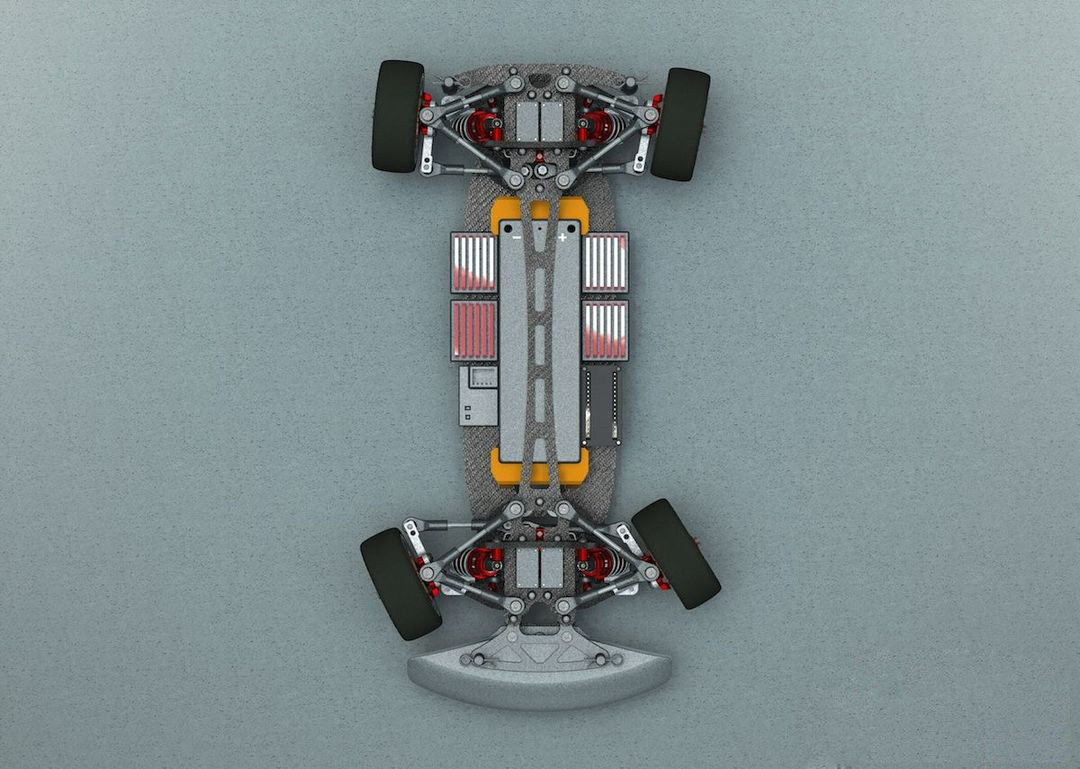
Conventional suspension and suspension (Approx:62mm extende), battery (LiPo battery 7.4v 60c 2S2P 34.0Wh) center, four-wheel independent drive, independent steering.
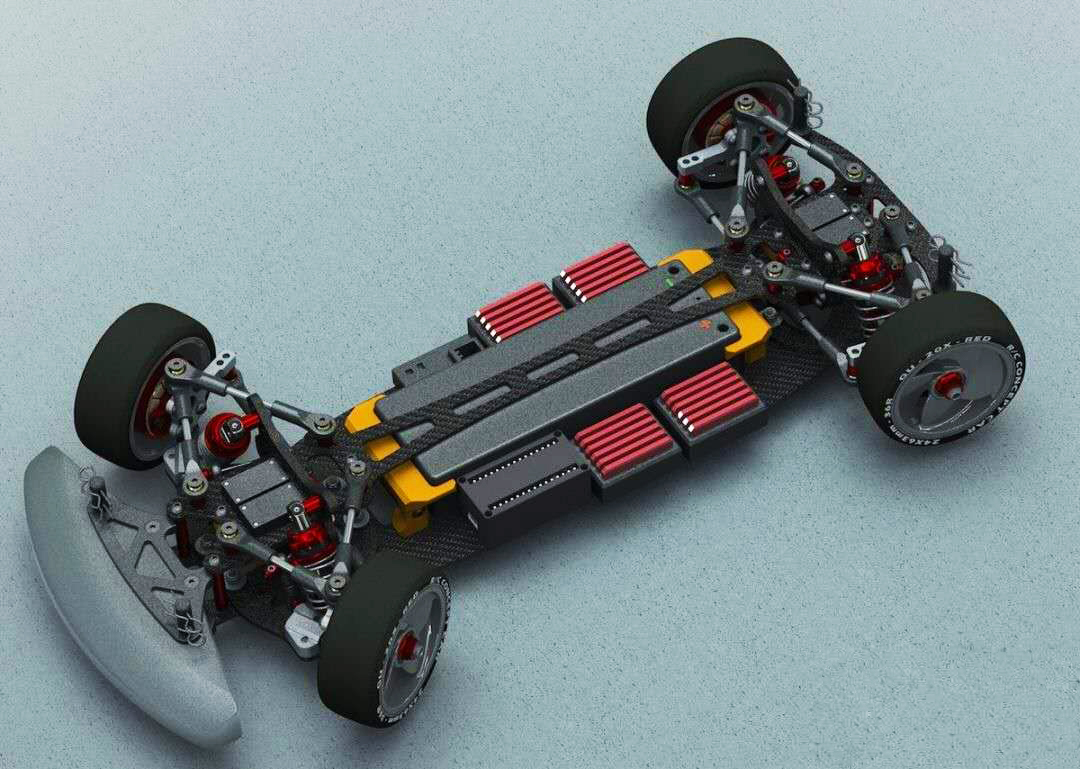


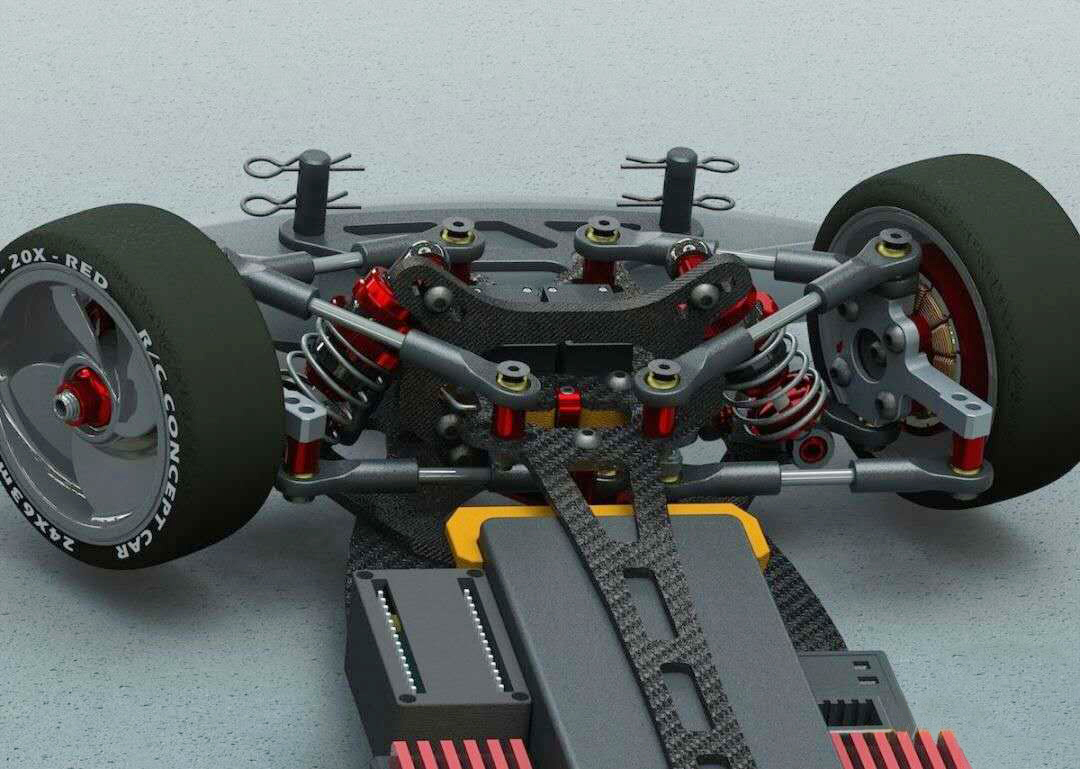

The electronic drive anatomy on the wheel does not have the traditional brake device and differential lock. The power system is synthesized on a brushless outer rotor motor with 4 wheels, just like the driving device of an electric scooter. Use computer algorithms to calculate the left and right wheel speed difference, steering, braking force control, etc.

Analysis of the explosion diagram of the combined assembly of the brushless external motor drive and hub of the rotorcraft.


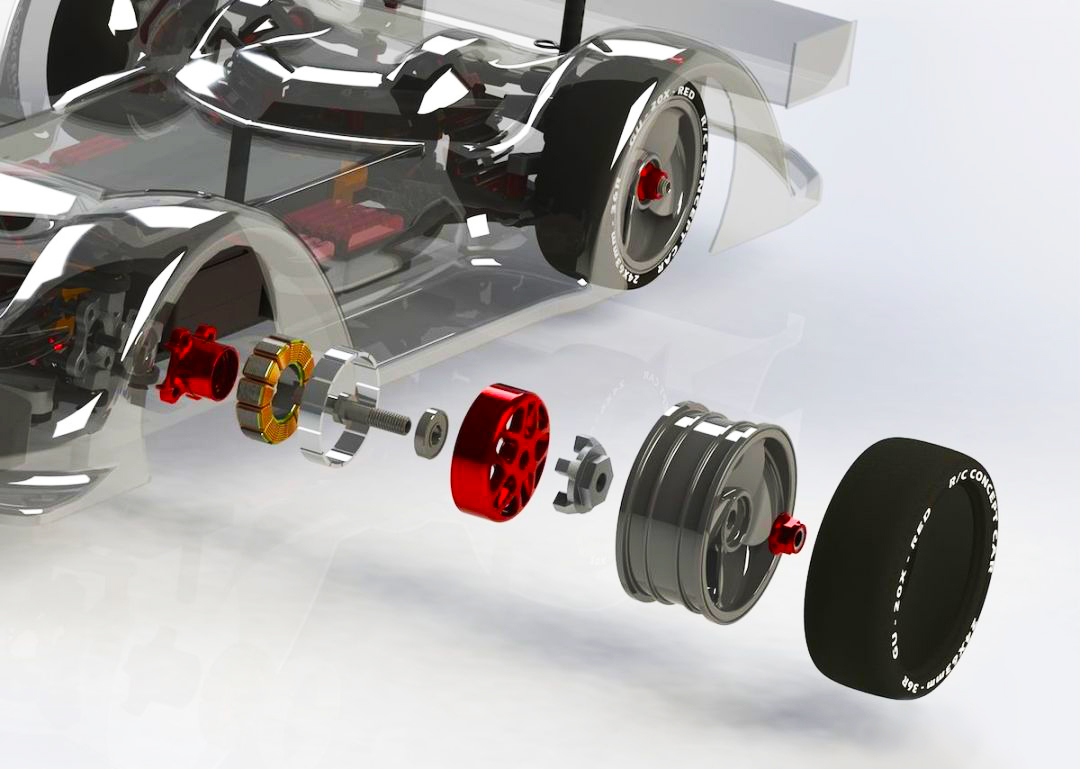
The advantage of the design is that the power, braking force, and steering angle of the four tires can be controlled separately, which can achieve more flexible and diverse operating modes.

The main disadvantages are the substantial increase in the unsprung mass, the increase in wheel rolling inertia by a certain amount, and the procedures for power output, steering and braking force control are more complicated. At present, it seems that in the field of real cars, electronic systems cannot completely simulate and replace mechanical differentials.
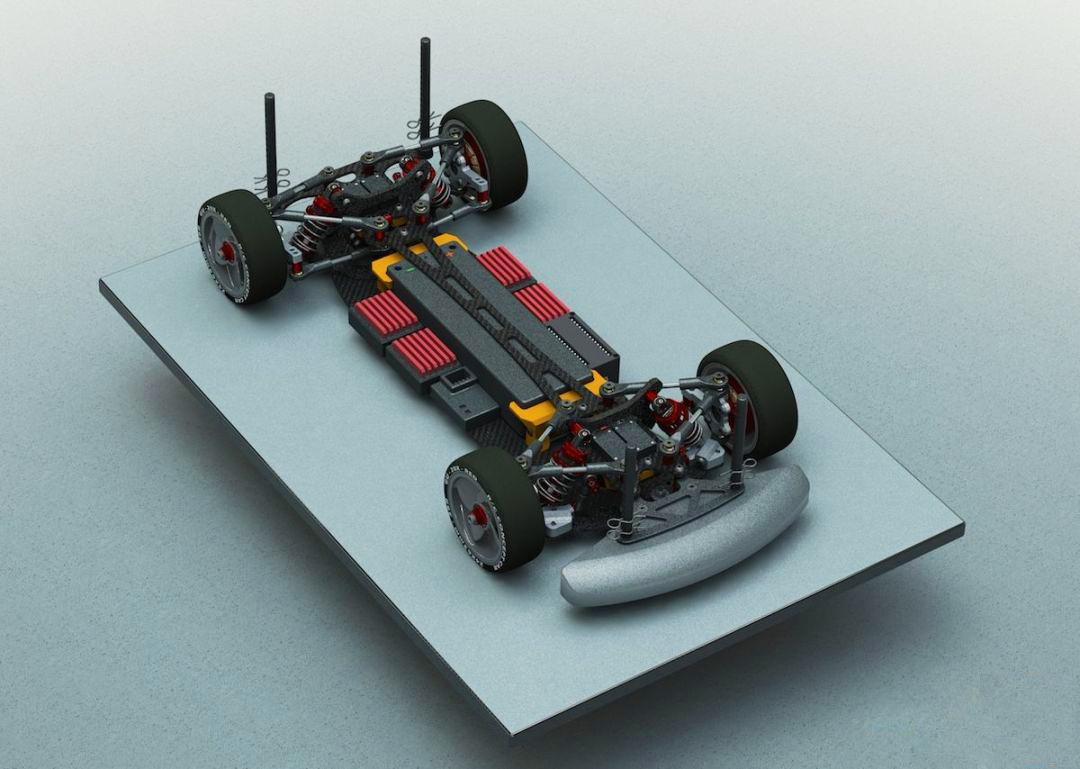
In addition, there is still room for improvement that the current external brushless motor does not have a sensing mode, cannot measure the tire speed, and cannot distribute the power/braking force output well.

Rear view:

Side view:


This model is not very ideal, but I hope that we can discuss and evaluate the feasibility of this technical method with some references provided by model car model enthusiasts. I also hope that we can see model manufacturers make similar toys and models in the future. If the model technology is verified to be feasible, it may be a full-scale proportional transportation development direction in the future.
The copyright of this work belongs to EGOG. No use is allowed without explicit permission from owner.

New user?Create an account
Log In Reset your password.
Account existed?Log In
Read and agree to the User Agreement Terms of Use.

Please enter your email to reset your password
If the two front wheels turn at different angles, will they split.
Is the picture some paste
We can take off now.
Feel good cow